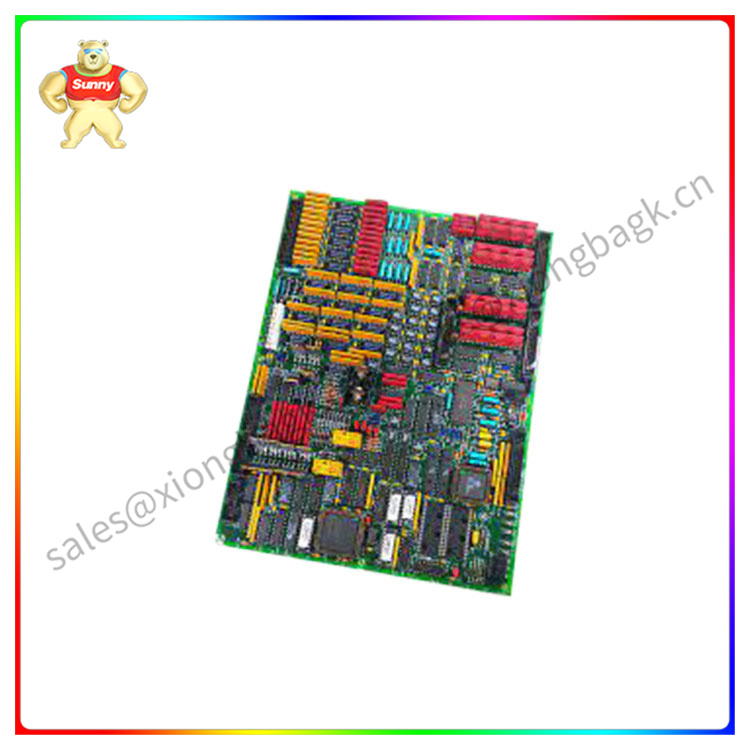Beijing Zhongsheng New Energy Technology Co., LTD. (hereinafter referred to as Zhongsheng New Energy), a system integration enterprise specializing in testing, measurement and control, announced that the company’s independent research and development of more than 25,000 RPM high-speed motor test bench has won the bid for a number of military aerospace research institutes and new energy vehicle Oems and parts enterprises, successful delivery projects have been widely praised by customers.
High-speed motor test bench is mainly used for asynchronous, synchronous, frequency conversion, servo permanent magnet synchronous and other types of motor type test, is one of the essential equipment of the Oems. At present, in passenger car applications, the 25,000-turn test bench has become the mainstream electric drive test equipment in the new energy automobile industry, and the 33,000-turn equipment has also begun to be put on the agenda.
For many years, the high-speed motor test bench has been monopolized by foreign manufacturers, and various problems of foreign equipment emerge in an endless stream, which has become an urgent problem for the Oems to solve.

The test bench system developed by the company consists of a power area, a test area and a monitoring area. The power area is mainly composed of three frequency inverters, brake resistors (used to consume the capacity of permanent magnet synchronous motor after sudden power failure), power cabinets and monitoring sensors. The test area is mainly composed of driving unit, measuring sensor, loading unit, cooling system and actuator, etc. The monitoring area is mainly composed of the main control computer and the electric control cabinet.
High speed motor test bench system architecture
The power area provides electric energy to the drive motor, and at the same time, the electric energy generated by the loading motor is fed back to the drive motor through the common DC bus to save a lot of electric energy. In addition, the variable frequency cabinet is equipped with a temperature sensor to monitor the temperature in the variable frequency cabinet. Once the monitoring sensor in the power zone monitors the alarm signal, it is immediately displayed on the monitoring industrial computer. The frequency converter and the main control system use real-time Ethernet communication, and the response speed is much higher than other communication methods.
Powertrain test is powered by battery simulator for the tested assembly, and the electric energy generated by wheel dynamometer is loaded and returned to the power grid through inverter inverter. The test of high-speed motor is powered by the battery simulator, and the electric energy generated by the high-speed dynamometer is returned to the power grid through the inverter.
The test area is used for the test of the specimen. The driving motor in the test area provides input power for the test transmission box and simulates the engine characteristics. Loading motors are used to simulate load inputs. The parameters of the specimen are collected by the sensor and transmitted to the monitoring computer through the bus for processing and display. The monitoring sensors in the test area include pressure, temperature, torque, speed, vibration and other sensors, which can be set by the user in the software according to the sensor type.
The data monitoring area is used to control and monitor subsystems in the power area and test area. The master computer controls the inverter via Ethercat bus to control the motor. The monitoring computer collects the data of each sensor through the data acquisition system, and transmits the data needed by the main control system to the main control computer in real time to form a closed-loop control.
 中文版
中文版




